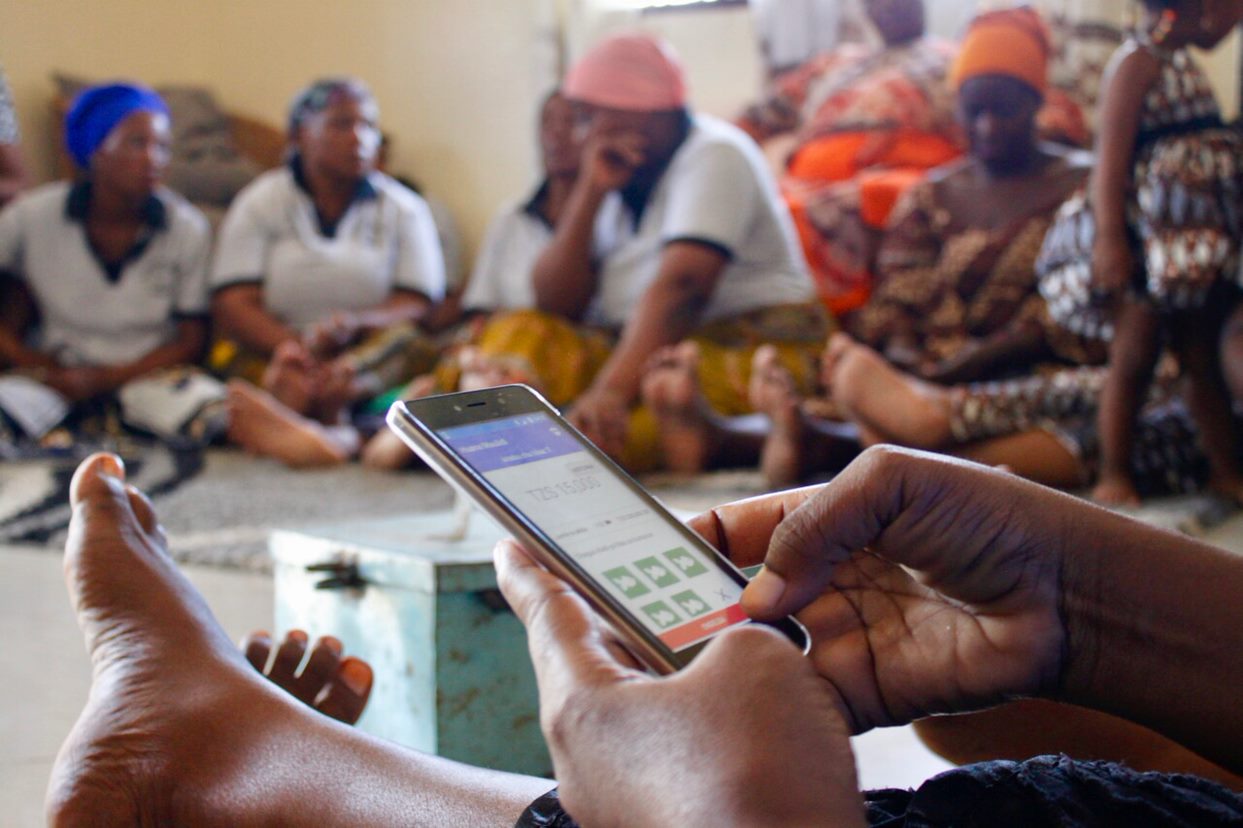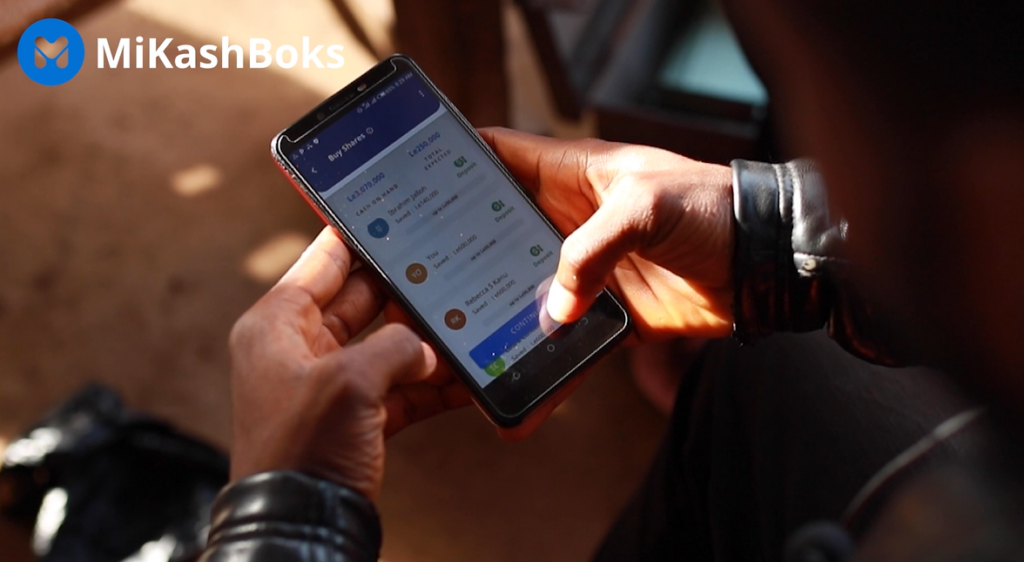Key Takeaways
- The digital transformation of the savings group sector will require much better data on the costs and benefits of digital savings groups (DSGs).
- Market segmentation is key to any meaningful analysis of digital transformation. Conclusions should be very specific with respect to their generalizability and limitations.
- Having the right data—credible estimates of the benefits and costs of DSGs in targeted markets—will allow organizations to make more informed projections, manage risks, and make go-no-go decisions with more confidence.
Take Action
- DONORS: Support more action research projects, with strong results measurement and learning components
- NGOs: Invest in data collection and analysis and better risk management to support innovation and scaling
- DSG SOLUTION PROVIDERS: Your institutional partners and clients are unique; help them access and generate the data they need to make their business case.
- ALL DSG STAKEHOLDERS: Do you have operational data on the costs of DSGs? Do you have evidence of the outcomes of DSGs? Share your insights and experiences with the DSG Hub community.
If the savings group sector is going to embrace a widespread digital transformation, the costs and benefits of DSGs need to be truth-tested and quantified with greater rigor and precision.
After several successful pilot projects, a senior specialist at an international non-governmental organization (NGO) recently explained to me that they were taking a break from DSGs. “There’s no doubt that the pilots were successful. We learned a lot,” he explained. “But there’s a difference between some learning pilots and the digital transformation of our entire savings group program. We’re talking organization-level change and putting 25 years of successful SG work on the line. I’m extremely excited about DSGs, but I’m just not prepared to take that leap. The risks are too big. And I don’t have the data to justify the change.”
Do the benefits of DSG solutions to organizations, savings groups, and their members justify the investment? Perhaps. But few organizations have the data to conduct a proper cost-benefit analysis. As long as the estimated returns on investment remain hazy, the uncertainty of digital transformation remains too great. And so, while many organizations wade into the waters of DSGs with much enthusiasm, they may stay in the shallow end indefinitely, wary of jumping in any time soon.
Benefits
The benefits of DSGs are both intuitive and observable. Digital savings groups are widely purported to reduce meeting times, improve data accuracy and integrity, increase savings rates, increase trainer caseloads, improve access to formal financial services, and enable remote monitoring and communication.
While all that may be true, these benefits are seldom measured. The magnitude and variance of these benefits matter—from impact, operational, and strategic perspectives.
Digital savings group solutions may, in fact, improve the experience and impact of participating in a savings group, but by how much? And how does the marginal impact for members compare to alternative investments, for example in traditional savings group promotion or other financial inclusion initiatives?
Digital savings group solutions may also generate operational efficiencies in the form of increased trainer caseloads, improved and more targeted monitoring of staff and groups, and reduced monitoring costs. These monetary and non-monetary benefits to the organization must be quantified and weighed against the costs.
And finally, the strategic benefits of DSGs may evolve in ways that are not yet known, and these benefits are the most difficult to estimate. Digital savings group solutions may introduce or improve institutional partnerships, providing groups and their members a digital identity and unlocking access to an array of digital financial and non-financial services. How can we quantify strategic opportunities whose outcomes are so uncertain? We may not know what the future holds. But DSGs serve as a door to strategic opportunities, and we must attach a value to looking inside.
Costs
The costs of DSGs are murky. Responsible DSG solution providers have fair and transparent pricing models that include a combination of acquisition costs, monthly or annual licensing fees (for organizations and end users), transaction fees, and customer support. But the fees charged by DSG service providers are only a part of the total costs. The largest and most uncertain expense is likely to be the costs of organizational transformation, which may be incurred for several years as materials and processes are revised, project structures and job descriptions are adapted, staff and partners transition (or are replaced), delivery channels are developed, and all of the above are refined.
Hardware costs may be the easiest to estimate. The hardware requirements of DSG solutions are clear and the prices of devices in national markets are easily available. What implementing organizations sometimes fail to consider, however, are hardware maintenance and replacement costs for organizations and end users.
Similarly, DSG solution providers should be able to assess and clearly communicate the data costs incurred by organizations and end users, and these estimates should be independently validated by third parties. Data costs may be the most significant running costs to end users. Digital savings group solution providers are aware of the price sensitivity and network constraints in remote communities and are continuously working to reduce the data usage of their services through a growing range of offline functionalities, hybrid internet- and USSD-based solutions, and innovations in data synchronization.
Segmentation
The benefits and costs of DSG solutions vary significantly across market segments. For example, the cost of digital transformation in very remote areas is likely to be much higher, due to lower population density, digital literacy, network coverage, and mobile phone penetration. Users in urban, peri-urban, and remote areas may also experience DSGs very differently with respect to the types and magnitudes of benefits. Market segmentation is key to any meaningful analysis of digital transformation, and conclusions should be very specific with respect to their generalizability and limitations.
Equity: who matters and what gets counted?
Different stakeholders will view the costs and benefits of DSGs differently. After all, DSG providers, NGOs, groups, funders, and regulators have different mandates and interests. The question remains, however, who matters and what gets counted? Gender, age, and capacity all influence the ability of members to participate in and benefit from DSGs. For instance, social norms and inequity in access to and control over resources may limit women’s access to handsets. In addition, DSG solutions may upend group leadership—shifting power from traditional group leaders to younger members—and the composition of groups altogether. Does this matter? For whom? And does a benefit to some groups and individuals offset the costs borne by others?
So, what does this all mean?
Each organization has its own decision criteria—weighting benefits and costs differently—as well as differing tolerance for risk. Ultimately, having the right data—credible estimates of the benefits and costs of DSGs in targeted markets—will allow organizations to make more informed projections, manage risks, and make go-no-go decisions with more confidence.
Mobilizing our collective experience
Do you have insights into the full costs of digital transformation initiatives for savings group programs? Do you have evidence of the outcomes of DSGs for members, groups, development organizations, or financial service providers? Share your data and experiences with the DSG Hub community, the global destination for anyone who is planning, implementing, or developing technology for digital savings groups.
Photo credit: CARE




